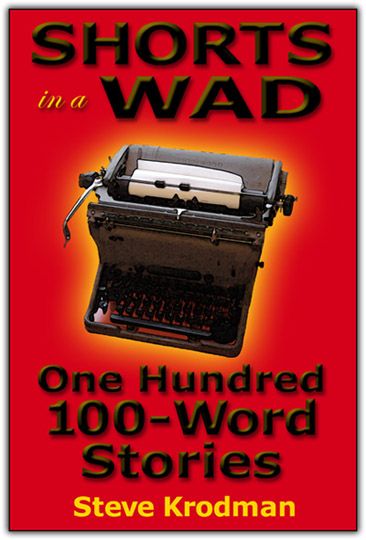The initial reviews (thanks, Pete!) are coming in for “Sky Captain and the World of Tomorrow,” and I am encouraged. Last year, when I first saw a trailer for this little epic, I thought, “Hey! Finally, a movie that shows what the 1930’s would have been like if the Hindenburg hadn’t blown up!” And I also thought, either this movie will be really, really good, or it will stink like last week’s fish dinner. [Actually, I hadn’t originally thought of “last week’s fish dinner” as being Number 10 on the stinkometer. But it sounds so much more polite and refined than “a steaming mound of shit.”]
So far, based on an early sampling of reviews, I am pleased to report that Sky Captain is attracting positive notice. Storyline may be a little thin, and the screenplay may not have the snap of, say, Lawrence Kasdan’s best work, but Sky Captain entertains nevertheless. In its own way, it owes its vision to classic films of the 1920’s, ’30’s, and ’40’s, as well as to the serials and cliffhangers of that same era, the same movies that informed “Star Wars” and “Raiders of the Lost Ark.”
Kerry Conran reportedly was inspired to make this film by an image that somehow stuck in his mind – the image of a zeppelin docking at the Empire State Building. And, if my memory serves me properly, the Empire State Building indeed was built with a mast that was intended for that purpose. Whether it was ever actually used is a question I can’t answer without doing some research. Which means maybe one day I’ll stumble over the data somewhere.
But it’s the use of CGI that inspired me to write this post. Sky Captain was filmed with actors working almost entirely against blue screen, with the backgrounds and pretty much everything else generated by computer. How effective this is, I won’t be able to comment on until after I see the movie, but the AJC review opined that it’s a $40 million movie that looks like a $200 million movie.
[Update: Saw Sky Captain 9/18 and was not disappointed. Amazing production design. A zillion subtle filmic references. Basic storyline with Smilin’ Jack-type aviator–scientist hero, techwhiz sidekick, intrepid reporter sorta-girlfriend, even more intrepid former girlfriend, mysterious villain, deadly bitch with goggles. You know the kind of story I mean: Indiana Jones meets Metropolis by way of Skull Island. Is it a great movie? Not quite. But definitely good entertainment, and worth spending your ducats on, if only to reward someone who had an original vision and made it happen.]
At dinner this evening, one of our friends commented that with this new level of CGI capability, stories that were previously unfilmable could now be made into movies. LotR is one example of a film that could not have been made – not with any degree of quality and verisimilitude, anyway – without modern technology. But it has been made, and it is a triumph. [Actually, LotR is three separate examples, and the technology evolved noticeably between the first film and the third.]
So, what movies should they be making now, with this wonderful new box o’ tools? SF is the logical first step, since that genre depends on visualizing that which does not exist in our world. Here are a few I can think of:
Ender’s Game. This one has been in development for several years. With the right effects technology, it could be a good or great adaptation of an excellent story. With the wrong technology, it will be a bitter disappointment to fans of the book.
Childhood’s End. Yeah, I know. The “big spaceships” thing was ripped off by “Independence Day,” but I’d still love to see this Arthur C. Clarke story on the big screen. Done right, it would make “2001 – A Space Odyssey” look like the Teletubbies.
Foundation, Foundation and Empire, Second Foundation – Isaac Asimov’s classic trilogy. Never mind the latter-day additions to this venerable collection of stories – this is the real deal, classics from the rocket ship and ray gun era with a Decline and Fall of the Galactic Empire motif.
Cities in Flight. James Blish wrote several short novels about a future in which anti-aging medication and antigravity drive technology allowed entire cities to leave Earth and roam the galaxy looking for work. Adventure tales set against a backdrop of economics, politics, and history.
There are plenty of others. Which ones can you suggest?
Assuming, of course, that Hollywood doesn’t take these wonderful books, chew ’em up, digest ’em, and crap ’em out as the usual “product.” All the technology in the world can’t help a lousy screenplay, and there’s already plenty of “last week’s fish dinner” at the supermulticineplex.
Subscribe to:
Post Comments (Atom)




















No comments:
Post a Comment